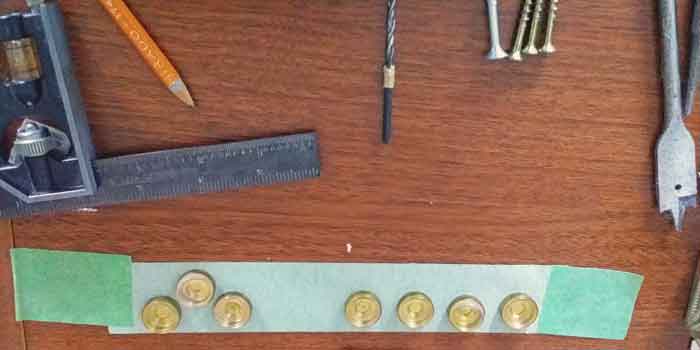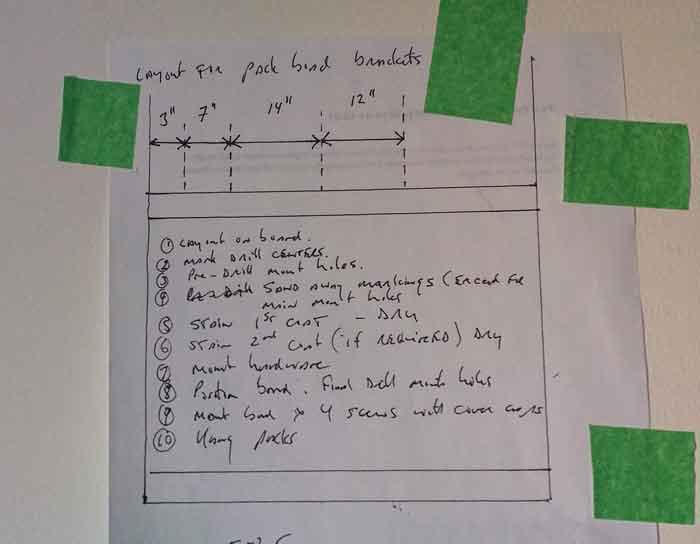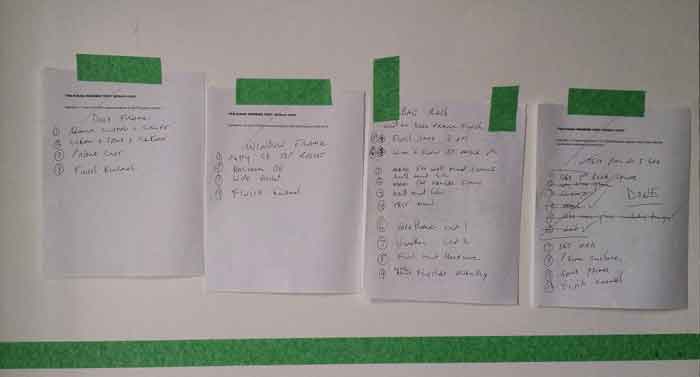This post presents solutions to problems identified in the prior post. This series of posts identifies common tasks I perform on a regular basis. These tasks represent unvarying routine. Each item required for task performance is available and readily accessible. There are no sudden hikes to purchase a different size screw, or a tube of patching putty.
When I attempt new routines, or novel extensions of an existing routine, I encounter problems. This happened the other night when I attempted to re-pot a plant. I launched into the project, but had not planned it out. I ended up making a big mess.
Trip Planning and Task Planning
Each time I leave the house I make a plan. On major trips, planning may be a three day effort. When I first went to Montreal to see a Doctor, I “drove” portions of the route using Google Street-view. This was invaluable. The “preview” helped me navigate downtown Montreal. On this first Montreal trip, I also prepared a thick sheaf of trip notes and navigation waypoints. When I attend a doctor’s appointment in Ottawa, I create a simple trip plan in the Accident Log.
With house projects, I leave the computer turned off. The project plan is therefore not available for quick reference. On the window blind project there were too many changes and details. The PC solution was not workable. I needed a better solution.
Task Planning Solutions
I have arrived at a collection of solutions which seem to work. The rough plan is written in the Accident Log. I then determine the task sequence and identify the required tools and materials. These items are collected and placed adjacent to the work area.

Figure 1 – Project Tools and Materials
Task visualization follows. I attempt to imagine each step of the process. This helps identify obstacles and roadblocks. I then develop solutions to address each of these potential obstacles. I may also do a “dry run” walk through and attempt to fit parts in their final position. This helps me develop better situational awareness. In essence, I am training myself to perform an unfamiliar task. The dry run typically results in changes to the task sequence. I learn as much I can about the task before I physically engage in the task.

Figure 2 – Task Descriptions
A final revised version of the task, or tasks, is then written out on the back of some scrap paper and taped to the wall adjacent to the work area. This gives me an immediately available task reference. I check off each completed task. New items are added and I can easily enter any needed revisions..

Figure 3 – Item Labels
Using painter’s tape, I apply task notes and descriptive labels to project items. For example, when installing the window blinds, I need to identify which part is the top, and which aspect of the blind faces the building interior.
Did it Work?
I have become enormously frustrated at times. I have also stopped work due to fatigue and headache. I force myself to continue to work toward project completion when my chief desire is a return to the comfort of a known routine such as writing TAQ submissions.

Figure 4 – Work In Progress “breadcrumbs”
TAQ submissions are text based. The draft provides a breadcrumb trail to follow. This trail helps me reorient myself to the task. “Task instructions” taped to a wall surface adjacent to the work serve a similar function. I have an immediately available list of steps, an easy quick reference, one that is easily revised. As each sub-task is completed, it is checked off; I can easily determine progress and identify the place to start work when I resume the project the following day.
